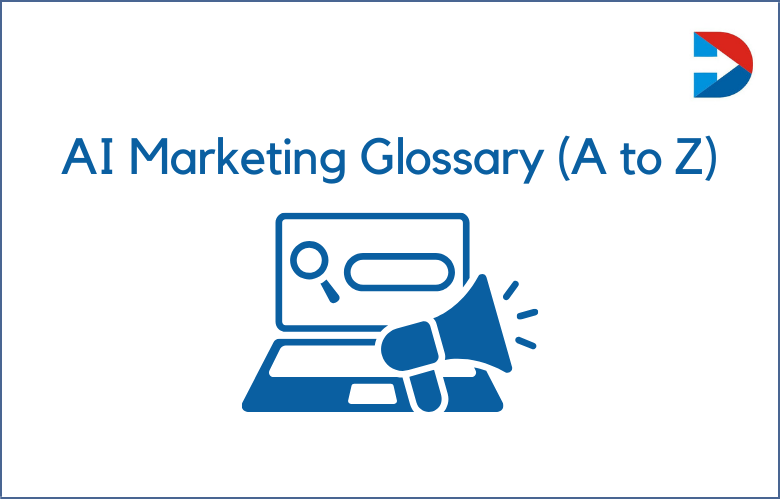
A strong brand identity is more important than ever in today’s fast-paced and digitally-driven world. But with brand recognition comes the risk of brand theft, counterfeiting, and other forms of intellectual property infringement. That’s where brand protection comes in, helping businesses safeguard their reputation and profits. We’ll explore brand protection, how it works, and why it matters.
Brand protection safeguards a company’s brand name, logo, and intellectual property from imitation, infringement, and dilution.
It involves implementing strategies to detect, monitor, and prevent unauthorized use of a company’s assets, such as trademarks, patents, copyrights, and trade secrets.
Brands can face various threats, from counterfeit products to cybersquatting to social media impersonation.
A comprehensive brand protection strategy should address these risks and help maintain a brand’s reputation and integrity.
How to Protect Your Brand
To protect your brand, you need to take a proactive approach that involves creating an effective brand protection strategy that can help minimize the risks of brand infringement.
This strategy can include hiring an experienced legal counsel, trademark registration and monitoring, domain name registrations, monitoring your online presence, and promptly taking action against brand infringement.
The Role of Technology in Brand Protection
Technology has played a considerable role in brand protection, making monitoring and protecting your brand more accessible.
Today, business owners can use various brand protection software to monitor online activity, including social media mentions, online advertisements, links, and websites that sell counterfeit products.
Using these tools helps businesses identify any potential brand infringement and promptly act.
Technology plays a crucial role in brand protection. Businesses can use advanced technologies such as artificial intelligence, machine learning, and big data analytics to monitor online and offline marketplaces for counterfeits, infringements, and unauthorized use.
Also, businesses can use blockchain technology to create secure and tamper-proof records of their products’ origin, transactions, and ownership.
Case Studies in Brand Protection
There are many notable examples of brand protection in action. Apple, for instance, has vigorously enforced its intellectual property rights by suing competitors for infringing its patents and trademarks.
In the fashion industry, luxury brands like Louis Vuitton and Chanel have taken legal action against online counterfeiters, protecting their intellectual property and product quality.
The music industry is also known for protecting artists’ copyrights through legal actions against infringing websites or streaming services.
Understanding the Vitality of Brand Protection in Today’s Business Landscape
With the evolution of digital technology, it has become imperative for business owners to protect their brand online.
Brand Protection protects your business’s intellectual property, including logos, trademarks, copyrights, patents, and trade secrets, from being plagiarized, counterfeited, or infringed.
In today’s era, brand protection is not just a choice but a necessity for every business owner who wants to build and sustain a successful brand in the long run. We will examine what brand protection is and why it is crucial.
Importance of Brand Protection
The importance of brand protection cannot be overstated. In today’s world, where everything is online, it is easier than ever for people to counterfeit products or services and for competitors to plagiarize your intellectual property.
With brand protection, businesses can retain market share, reputation, and revenue. In contrast, with well-thought-out brand protection strategies, companies can protect not only their intellectual property but also use enforcement actions to protect their reputation and maintain their market position.
How Does Brand Protection Work
Brand protection encompasses a variety of tactics and techniques, depending on the nature of the threat and the sector in which the brand operates. Some common strategies include:
Trademark monitoring
A brand protection program can include regular monitoring of trademark databases and other sources to detect potential infringements or misuse of the company’s trademark.
Domain monitoring
A similar approach can be applied to domain names to detect cybersquatting or phishing attempts that use the brand’s name or variations thereof.
Product authentication
To prevent the sale of counterfeit products, many brands use hologram stickers, bar codes, or RFID tags to provide consumers with a way to verify the product’s authenticity.
Social media monitoring
Brands can also use tools to monitor social media platforms for instances of impersonation, brand misuse, or fake accounts that could misrepresent the brand.
Legal action
In cases where infringement or counterfeiting is detected, a brand may take legal action against the infringing party, seeking damages or an injunction to prevent further misuse of its intellectual property.
Why is Brand Protection Important?
Brand protection is critical for several reasons:
Protecting brand value
Consumers develop trust in brands over time, and that trust can be quickly eroded if the brand is associated with counterfeit or subpar products.
By protecting their brand, companies can safeguard the value of their investments and maintain the trust of their customers.
Preventing revenue loss
Counterfeiting and brand infringement can lead to significant revenue losses, as customers may be put off by the poor quality of counterfeit products or seek out cheaper alternatives.
Brand protection helps businesses continue to generate revenue from their genuine products.
Maintaining reputation
A brand’s reputation is closely tied to its identity and assets. By protecting these assets, companies can prevent negative associations with their brand, such as counterfeit products that may harm consumers or misrepresent their values.
Keeping up with competitors
In competitive markets, brands that fail to protect their intellectual property may need to catch up to competitors who are more proactive in safeguarding their assets.
A strong brand protection strategy can help businesses stay ahead of the curve and maintain their competitive edge.
Benefits of Effective Brand Protection
Adequate brand protection can have many benefits for businesses. It can help them to:
- Protect their brand identity, intellectual property, reputation, and market share.
- Avoid financial losses due to counterfeits, infringements, and competitive threats.
- Improve customer loyalty and satisfaction by providing top-quality products and services.
- Increase sales and revenue through effective marketing and brand promotion.
- Enhance brand value and equity by maintaining a positive brand image.
Conclusion
Brand protection is essential to a successful brand strategy, ensuring businesses can safeguard their reputation, profits, and customer trust.
By implementing a comprehensive brand protection program, companies can detect and prevent intellectual property infringement, remain competitive in the market, and maintain the value of their brand assets.
So, prioritize brand protection and protect your assets from counterfeiting infringement and other potential threats.



